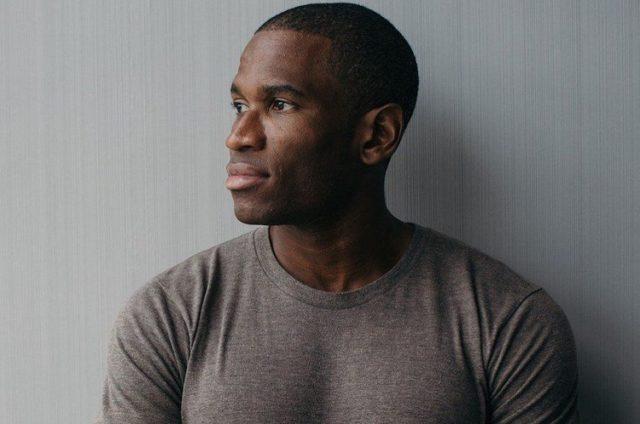The head of economic analysis at the Reserve Bank of Australia, Marion Kohlerhas stated that they believe the peak of inflation was reached in the fourth quarter.
Keynote address to the Senate Select Committee on the cost of living:
Okay, Chairman and members of the Committee.
Thank you for holding this hearing. The Reserve Bank welcomes the opportunity to contribute to these discussions about the cost of living pressures currently facing households in Australia. The cost of living is an important issue for all Australians. Rising cost of living puts pressure on family budgets across the country. Many are understandably concerned about how they and others will fare in a period when the cost of living has risen sharply.
The cost-of-living pressures that all Australians now face are the result of a substantial increase in the rate of inflation from about a year ago. Annual inflation, measured by the Consumer Price Index (CPI), it has gone from just under 2% in the years immediately preceding the pandemic to around 8% by the end of 2022. Prices have risen significantly for many of the goods and services that people buy. Today, the cost of living is higher for many more people than in the years before the pandemic.
Most advanced countries have experienced a large increase in inflation in the last year. One of the main drivers of the price rise was the unpredictable supply shocks that affected many countries. Most notable are the pandemic disruptions in global supply chains and the Russian invasion of Ukraine. In Australia, the floods on the east coast also affected supply. But strong growth in domestic demand has also had an impact in many countries.
Different groups in society have different spending patterns, so your cost of living experience may differ from the national average. Households with the lowest incomes often have the most limited budgets. These households, including those receiving retirement pensions and other social assistance, tend to spend more of their income on necessities such as food, utilities and rent. Households with higher incomes tend to spend more on items like home ownership and so-called discretionary items like leisure and consumer durables.
Despite these differences, in Australia most social groups have seen their cost of living rise by roughly the same amount during the most recent period. This is because the rise in inflation so far has been quite widespread. The same has not happened in other countries, especially in Europe. There, lower-income households have been relatively more affected by rising energy prices than higher-income households.
It is clear that the cost of living in Australia has increased considerably. But that is not all. What also matters is whether people’s means of paying these costs – their income – have kept up. For about a year, consumer prices have grown faster than household disposable income, which means that real incomes have fallen overall.
The experience of each household varies greatly. Hourly wages have picked up, but not as much as inflation, so some workers who have stayed in the same job and work the same hours will have seen their real earnings drop significantly. Even so, many households have been able to benefit from the strength of the labor market. Some now have a job they didn’t have before, while others have been able to take more hours or move to a higher-paying job. The big increase in minimum wage and bonuses in the middle of last year has also helped many households. And most social benefits are indexed to inflation, which should help support the incomes of many lower-income households.
While those who rely on interest income – such as self-funded retirees – have seen their income boosted by rising interest rates in the past year, those with mortgages will feel the pinch of rising interest rates. We understand that some people find it difficult to manage rising interest rates and that others may have to cut back on their discretionary spending.. However, higher interest rates are needed to ensure that the current period of higher inflation and cost-of-living pressures does not last too long. As the Governor has stressed, the Reserve Bank Council is focused on bringing inflation back to target and establishing a more sustainable balance between demand and supply in the Australian economy.
We are currently reviewing our forecasts and will post them at the end of next week, so we are not in a position to anticipate them yet. What we can say is that We believe that the peak of inflation was reached at the end of 2022 -around 8%- and that inflation will begin to subside throughout this year.
Thanks. My colleague and I are here to answer his questions.
Source: Fx Street
I am Joshua Winder, a senior-level journalist and editor at World Stock Market. I specialize in covering news related to the stock market and economic trends. With more than 8 years of experience in this field, I have become an expert in financial reporting.







